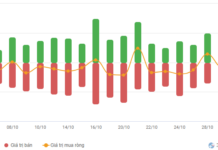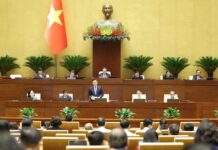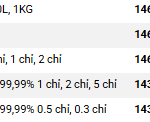There has been a recent proposal by voters to amend the 2019 Labor Code to include additional holidays. This includes the anniversary of the Dien Bien Phu Victory, the National Day of Taking Children to School on the 5th of September, and two extra days for the National Day celebrations (from the 2nd to the 5th of September).
This proposal suggests an addition of 3 to 4 days to the current number of holidays.
At present, Vietnam has 11 official holidays, including New Year’s Day (1 day), Tet Holiday (5 days), Hung Kings Commemoration Day (1 day), Victory and International Workers’ Day (2 days), and National Day (2 days).
Voters have pointed out that this number of holidays is lower than the average in Southeast Asia and the world, which is around 5 to 6 days more.
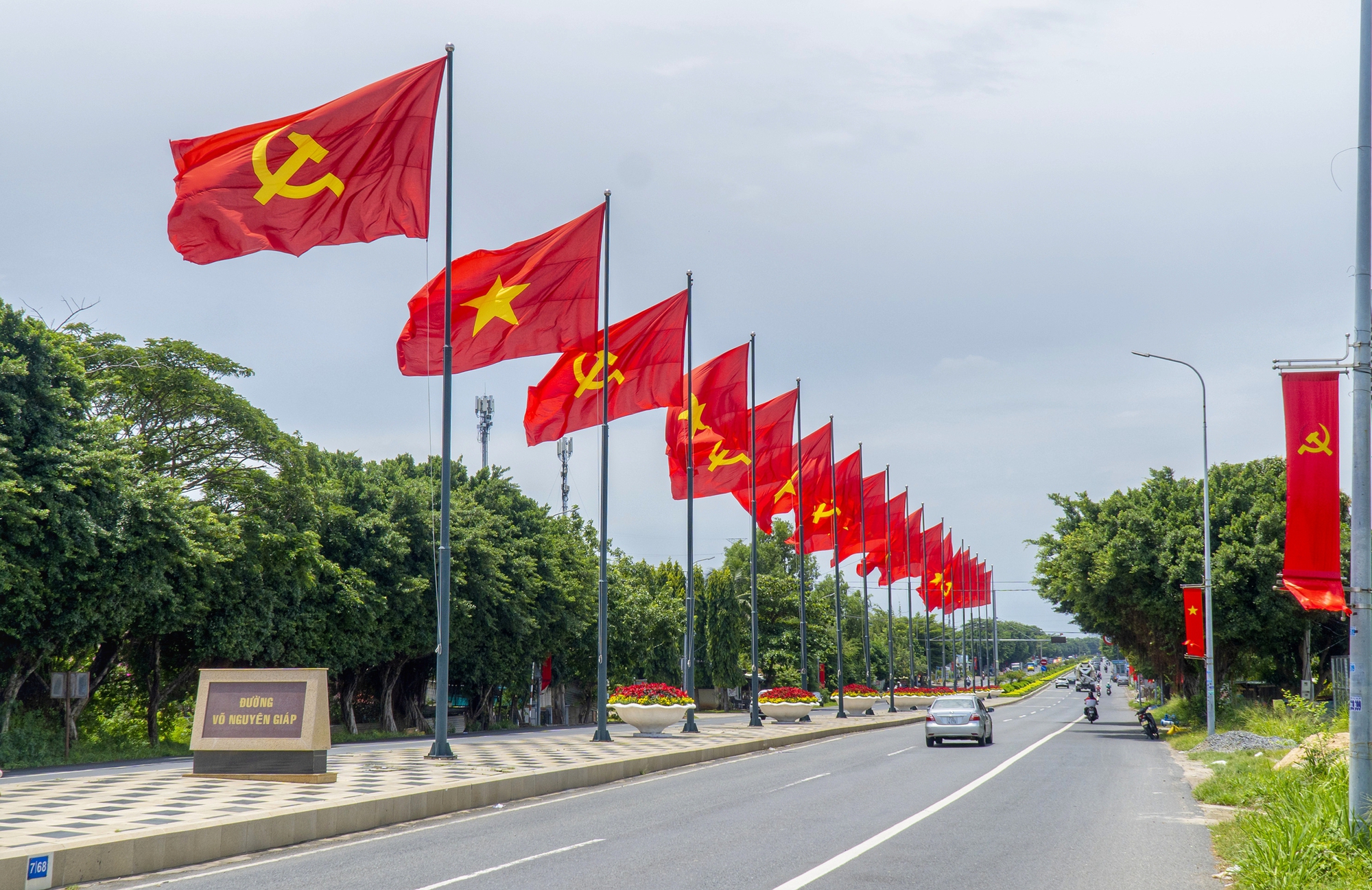
Vietnam currently observes 11 official holidays.
In response to this proposal, the Minister of Labor, Invalids, and Social Affairs, Mr. Dao Ngoc Dung, stated that the decision to add more holidays is based on various factors, including religious and cultural traditions, the significance of the occasion, and its potential economic and social impact.
He also acknowledged that while additional holidays can boost morale among workers, it may also create challenges for employers as these are paid holidays for employees.
The Ministry of Labor, Invalids, and Social Affairs will collaborate with relevant ministries, sectors, and organizations to assess the economic and social impacts and provide consultation during the amendment process of the Labor Code.
Nepal Observes the Highest Number of Official Holidays
According to Best Diplomats, Nepal has the highest number of official holidays in the world, totaling 39 days per year.
This unique calendar is rooted in the country’s religious and cultural context, with a majority of its population practicing Hinduism and Buddhism. As a result, Best Diplomats explains, Nepal hosts numerous festivals and celebrations throughout the year.
These holidays bring a sense of community and allow individuals to connect with their cultural heritage and traditions.
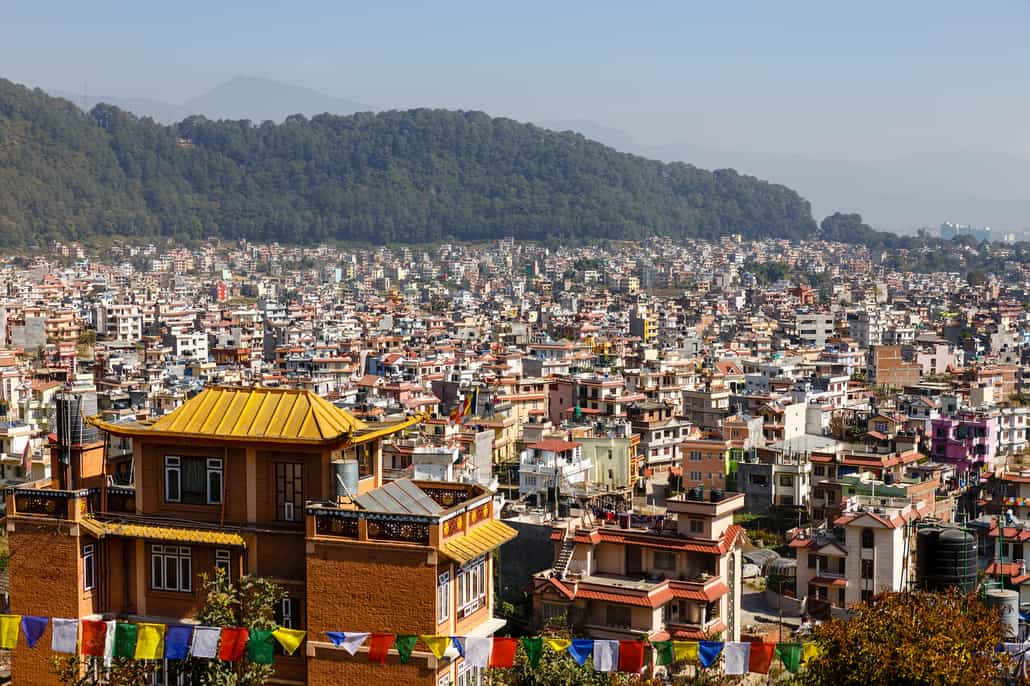
Nepal boasts the highest number of official holidays worldwide.
Nepal’s government offices and most private businesses operate six days a week, with Saturday being their day off. International organizations may follow their own schedules and typically close on Saturdays and Sundays.
The government holidays for the upcoming year are published in the Gazette, the official government publication of Nepal. The country observes a mix of religious and non-religious holidays, and during these occasions, government offices and many private organizations remain closed, although it is not mandatory for private businesses to do so.
Some of these holidays are specific to certain regions, religions, or genders. For instance, certain days are exclusively dedicated to women in Nepal. The longest consecutive holiday period in Nepal occurs during Vijaya Dashami, which can span up to seven days.

Myanmar celebrates a total of 32 official holidays annually.
Moving to another country in the region, Myanmar observes a total of 32 official holidays each year. One of the most significant celebrations is the Thingyan Water Festival, which marks the traditional New Year. This four-day festival is a time for reunion, cleansing rituals, and joyous water fights, music, and dancing.
Another important day in Myanmar is their Independence Day, commemorating the country’s freedom from British colonial rule in 1948. This occasion is marked by parades, flag-hoisting ceremonies, and speeches by government officials.
Sri Lanka’s Holiday Calendar Reflects Religious Diversity
Iran, a predominantly Muslim country, has a total of 26 official holidays annually. These days showcase the country’s strong Islamic and national identity, blending religious and national commemorations.
The most important holiday in Iran is the Islamic New Year, known as Nowruz. Another significant occasion is Eid al-Fitr, which marks the end of the holy month of Ramadan, a period of fasting and spiritual reflection for Muslims.
Iran also celebrates several national days, including the Iranian Revolution anniversary, which commemorates the 1979 revolution that overthrew the monarchy and established the Islamic Republic.
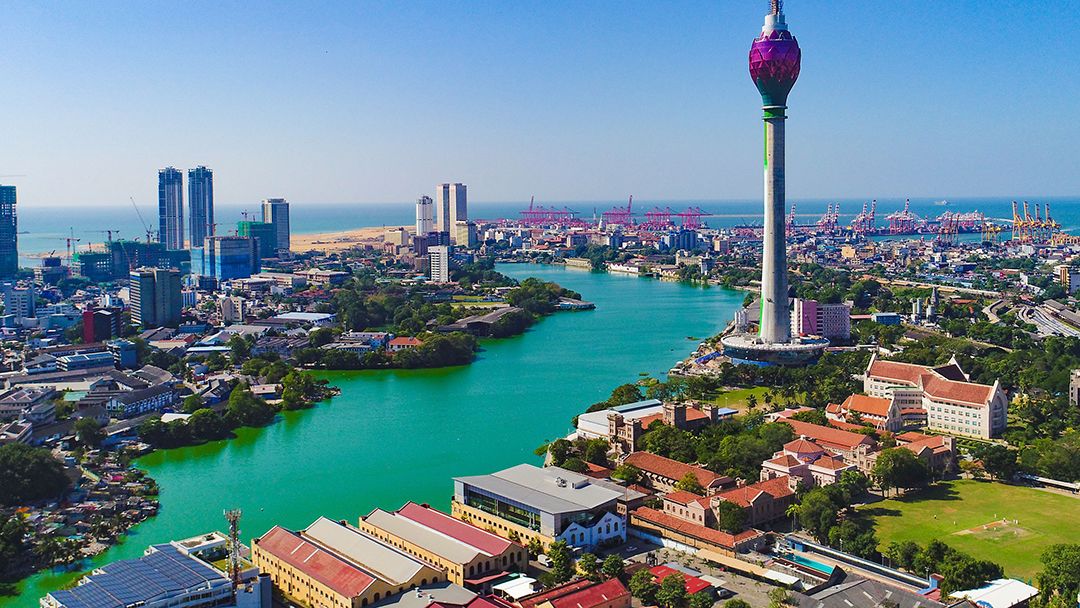
Sri Lanka has a total of 25 official holidays.
In Sri Lanka, a diverse country in South Asia, a total of 25 holidays are observed annually, blending Christian, Buddhist, and Hindu traditions.
One of the most important celebrations is the Sinhalese New Year, known as Aluth Avurudda, which marks the start of the Sinhalese New Year. Another significant occasion is Wesak, commemorating the birth, enlightenment, and passing of the Buddha.
Sri Lanka also celebrates Christian holidays such as Christmas and Easter, observed by the country’s Christian minority, who make up around 7% of the population.


